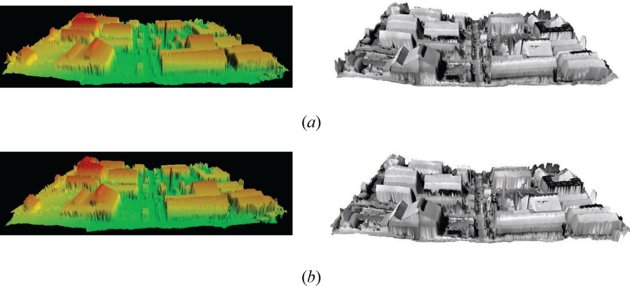UAV
Drones, the Perfect Survival Ally. Ep.3: Sourcing Different Types of Wood
6:57
Improving the energy efficiency of buildings has become a priority in recent years. In the European Union, buildings account for 40% of the energy consumption, with 65% in the residential sector dedicated to heating in 2021.
Utilizing innovative technologies, new constructions are designed with enhanced energy performance. Equally crucial is the need to inspect and improve the energy efficiency of older buildings. Despite the importance of the issue, measures to reduce the energy consumption of existing buildings aren't yet receiving sufficient attention.
Examining the actual energy storage in the retrofitting of existing buildings reveals a significant difference between stored and predicted energy levels. Inaccurate energy inspections can lead to several negative outcomes.
There are negative environmental impacts, as the anticipated reduction in energy consumption and associated carbon emissions may not be realized precisely, which could stall progress towards sustainability goals and hinder efforts to combat climate change. Moreover, when retrofits don't save as much energy as expected, it can cause financial losses and make people lose faith in energy-saving projects. In turn, if people doubt retrofitting works, they might not invest in energy efficiency improvements, slowing down progress toward sustainability.
Conventional methods for energy inspections of buildings are often time-consuming, inaccurate, and costly. Qualitative and interpretative methods, such as moisture tests and fan pressurization, are used to identify thermal defects in buildings. Such methods have limitations in comprehensive thermal performance assessment. Moisture tests and fan pressurization assessments may lack depth due to surface sensitivity, susceptibility to environmental influences, complexity, potential interference, and a focus on localized analysis, necessitating a combination of methods and careful interpretation for a comprehensive evaluation of building moisture levels and thermal performance.
In this context, thermography - a quantitative, rapid, and accurate thermal imaging method - has proven valuable in detecting anomalies in buildings, providing reliable and high-confidence results.
The emergence and growth of Unmanned Aerial Vehicles (UAVs) equipped with various cameras, including thermal cameras, are increasingly being favoured for aerial building inspections. In combination with advancements in photogrammetry and computer vision, UAVs allow for the capture of infrared thermal images for both quantitative and qualitative analysis of thermal features in buildings. Distances, angles, and coordinate planes can be directly measured using thermal orthophotomosaic obtained through UAV-based photogrammetry.
Furthermore, by employing UAVs, high-quality thermal images of structures can be captured from various angles. This not only facilitates three-dimensional infrared visualization and identification of thermal anomalies but also aids in quantitatively estimating heat transfer values and roof areas using an infrared orthophoto mosaic.

3D view of example generated 3D models: a) Low-resolution 3D RGB model and 3D thermal model; b) higher resolution 3Dmodel and 3D thermal model.
At the ITC UAV Center, one of our main research focuses is accurately identifying areas of heat loss in building facades to enhance energy efficiency and optimize building energy storage performance. This capability, combined with our developments in the Digital Twin Center, provides significant benefits to our research and education activities, as well as our mission towards Sustainable Development Goals.
This article provides previews our research aimed at aligning our UAV-based activities with energy transition measures outlined in the SDGs. For further details, please refer to our research, which includes two examples below: